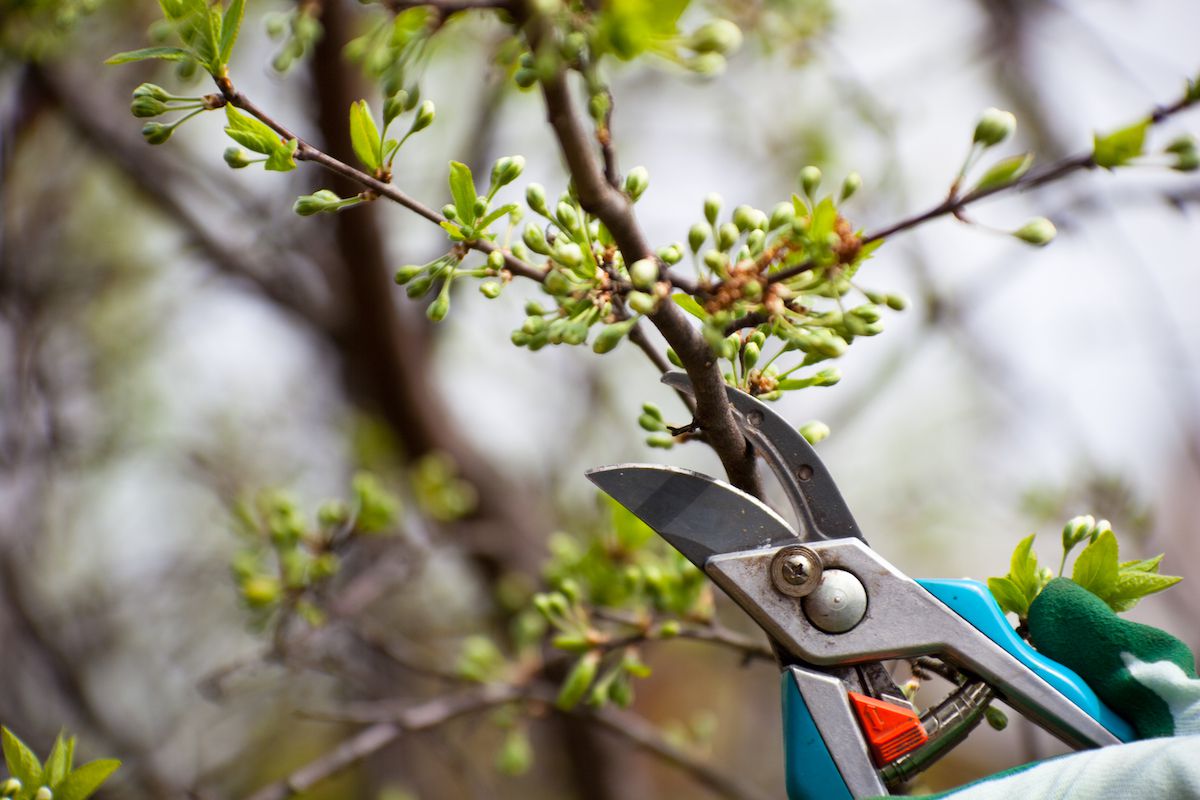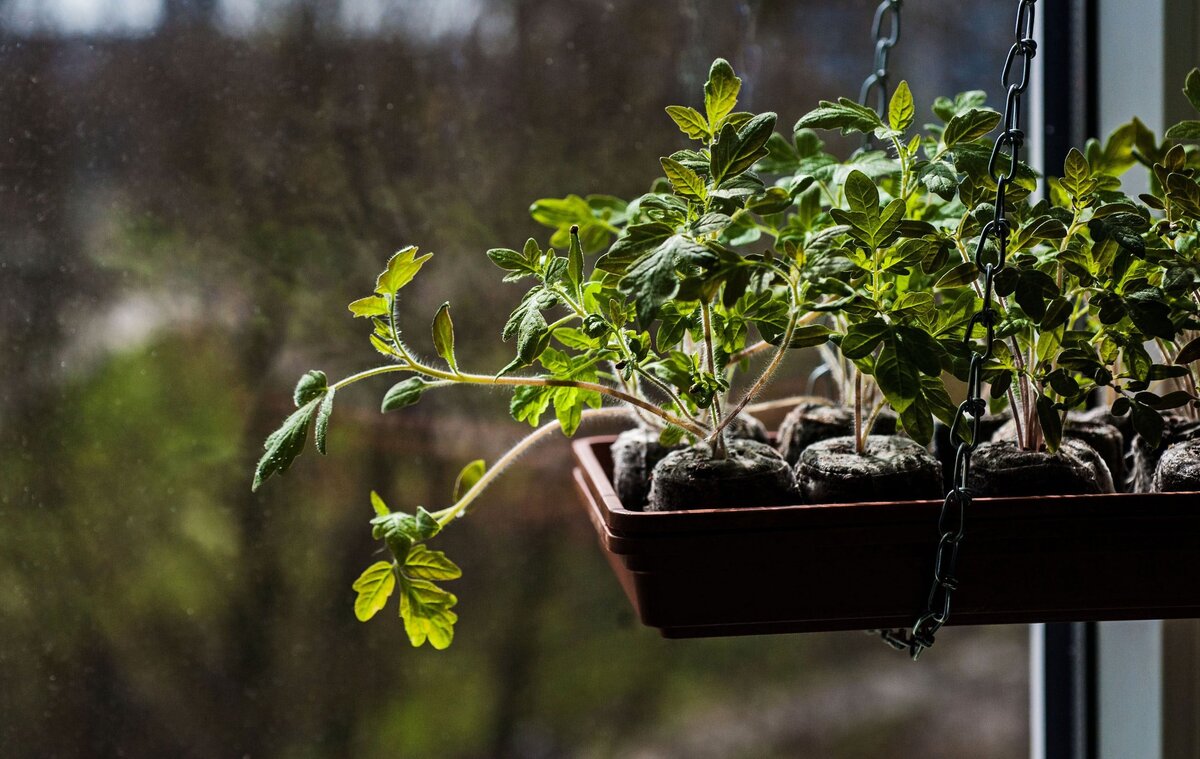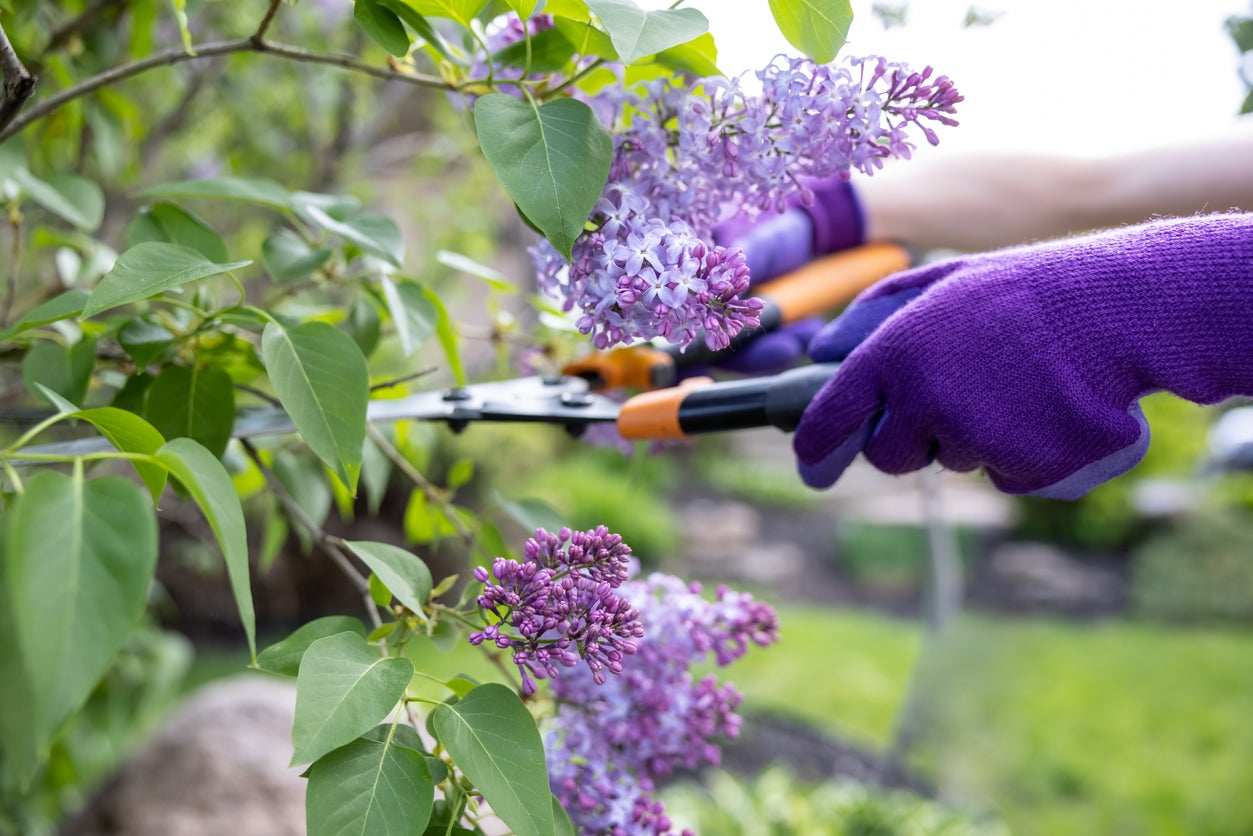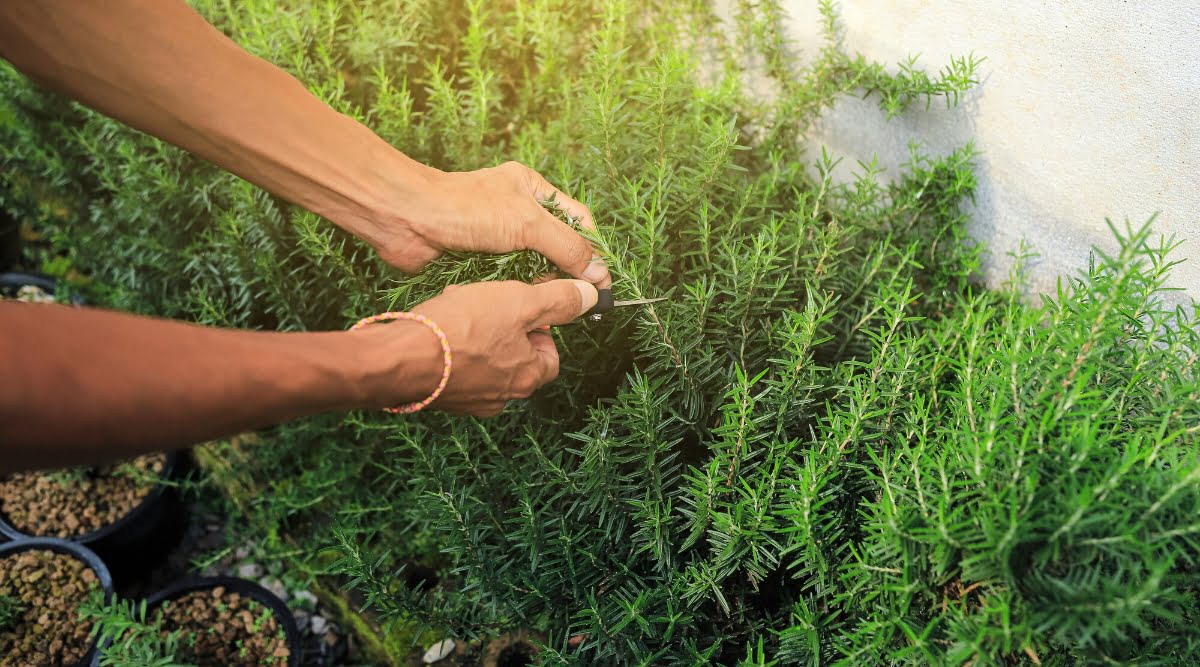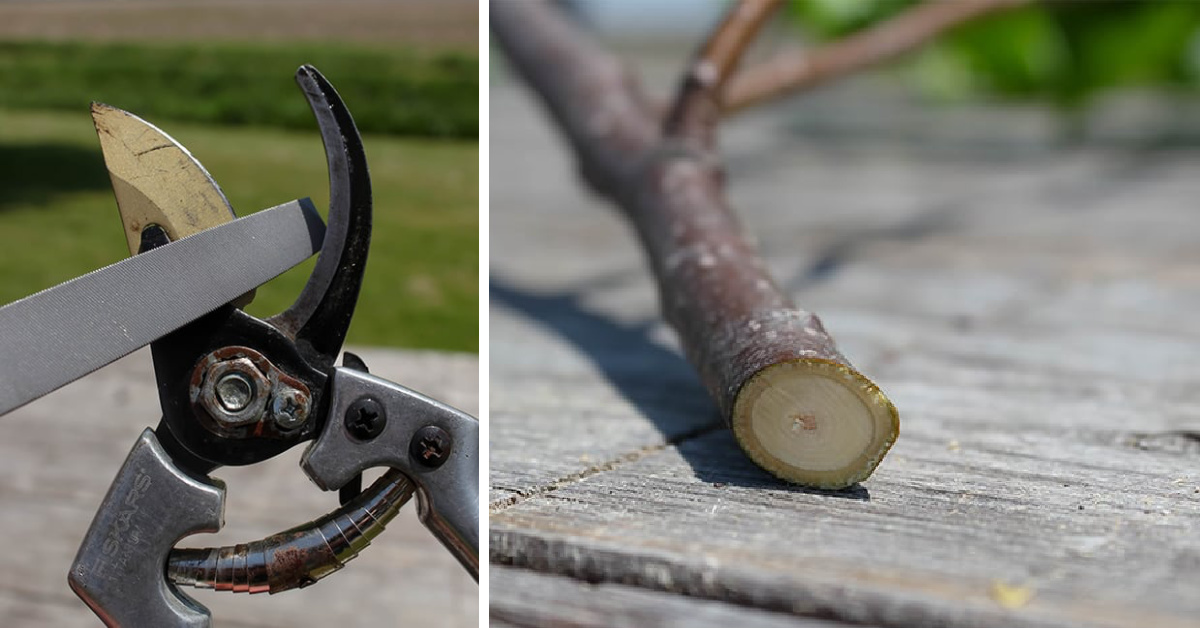Home>Gardening Basics>Tools and Equipment>What Are Pruning Hooks
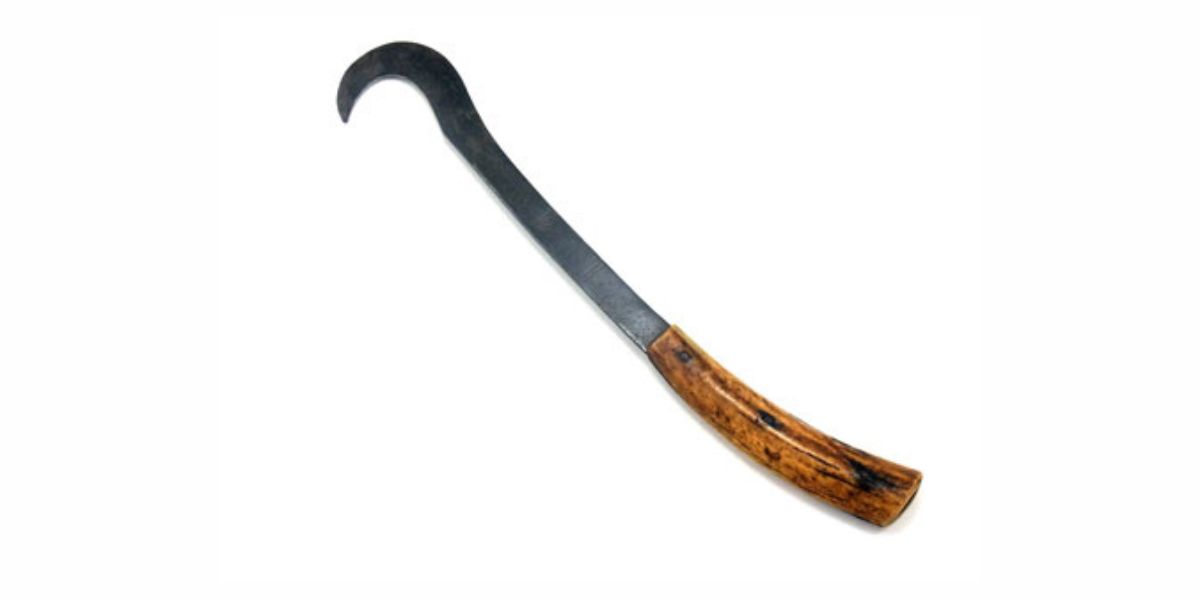

Tools and Equipment
What Are Pruning Hooks
Modified: January 22, 2024
Learn all about pruning hooks, a type of tool used for trimming and cutting plants. Discover the different types of pruning hooks and their importance in gardening and landscaping.
(Many of the links in this article redirect to a specific reviewed product. Your purchase of these products through affiliate links helps to generate commission for Chicagolandgardening.com, at no extra cost. Learn more)
Table of Contents
Introduction
Welcome to this informative article on pruning hooks! Whether you are a professional gardener, an avid horticulturist, or a homeowner looking to maintain the beauty of your garden, understanding the importance of proper pruning tools is essential. Pruning hooks are one such tool that plays a crucial role in maintaining the health and aesthetics of plants and trees.
Pruning hooks, also known as pruning knives or pruning saws, are a type of handheld cutting tool specifically designed for pruning and trimming trees, shrubs, and other plants. With a sharp blade and a sturdy handle, they enable precise and controlled pruning, allowing gardeners to shape plants, remove dead or diseased branches, and enhance growth.
In this article, we will explore the different types of pruning hooks, their uses, benefits, techniques for using them effectively, and safety precautions to keep in mind. So, let’s dive in and learn more about this essential tool for any gardener!
Definition of Pruning Hooks
Pruning hooks are handheld cutting tools used for trimming and shaping plants, trees, and shrubs. They are designed to make precise and clean cuts, ensuring the overall health and appearance of the vegetation. Also known as pruning knives or pruning saws, these tools consist of a sharp, curved blade attached to a sturdy handle.
The curved blade of a pruning hook allows for easy access to branches and ensures that cuts are made at the correct angle, preventing damage to the plant. The sharpness of the blade provides clean cuts, minimizing the risk of infection and promoting faster healing. The handle of a pruning hook is ergonomically designed to provide a comfortable grip and allow for effective control during pruning.
Pruning hooks come in various sizes and designs to accommodate different pruning needs. Some models have straight blades, while others have serrated edges or hooks to grab and remove branches. The size and shape of the blade depend on the type of plants being pruned and the specific pruning technique required.
These tools are commonly used by gardeners, horticulturists, arborists, and homeowners to remove dead or diseased branches, shape overgrown plants, increase fruit production, improve sunlight penetration, and maintain overall plant health. Pruning hooks are versatile tools that can be used on a wide range of plants, including trees, shrubs, vines, and bushes.
Now that we have a clear definition of pruning hooks, let’s explore the different types available and their specific uses in the next section.
Types of Pruning Hooks
Pruning hooks come in various types, each designed to cater to specific pruning needs. Let’s take a look at some common types of pruning hooks:
- Straight Blade Pruning Hooks: These pruning hooks have a straight blade without serrations. They are ideal for making clean, precise cuts on small branches and delicate plants. The straight blade allows for better control and accuracy during pruning.
- Serrated Blade Pruning Hooks: These pruning hooks feature a blade with serrated edges. The serrations help grip and cut through thicker branches with ease. Serrated blade pruning hooks are suitable for pruning trees, shrubs, and other woody plants with medium to large-sized branches.
- Hooked Blade Pruning Hooks: As the name suggests, these pruning hooks have a hooked blade with a curved tip. The curved tip allows for precise cutting around branches, stems, or vines. They are often used for pruning roses, climbers, and other plants that require intricate pruning techniques.
- Folding Pruning Hooks: Folding pruning hooks are designed for easy storage and portability. They have a folding mechanism that allows the blade to be safely tucked away when not in use. These pruning hooks are favored by gardeners who need a compact tool while on the go.
It’s important to choose the right type of pruning hook based on the specific pruning requirements and the size of the branches you need to trim. Having the appropriate tool for the job ensures efficient and effective pruning without causing unnecessary damage to plants.
Now that we know the different types of pruning hooks available, let’s move on to the next section to explore the various uses of these tools.
Uses of Pruning Hooks
Pruning hooks are versatile tools that find a wide range of uses in gardening, landscaping, and tree maintenance. Here are some common uses of pruning hooks:
- Trimming and Shaping Plants: Pruning hooks are primarily used for trimming and shaping plants. They help remove overgrown branches, create desired shapes, and maintain the overall form and structure of trees, shrubs, and hedges.
- Removing Dead or Diseased Branches: Dead or diseased branches can negatively impact the health of a plant. Pruning hooks allow gardeners to easily identify and remove such branches, preventing the spread of diseases and improving the overall vitality of the plant.
- Increasing Fruit Production: Pruning is an essential technique for fruit-bearing plants. By selectively removing branches and properly shaping the tree, pruning hooks help increase sunlight penetration and airflow, leading to improved fruit production and quality.
- Controlling Plant Size and Growth: Some plants have a tendency to grow rapidly and become unmanageable. Pruning hooks help control the size and growth of plants by removing excess or unwanted branches, keeping them within the desired boundaries.
- Promoting New Shoots and Blooms: Pruning hooks are used to encourage new shoots and blooms in flowering plants. By selectively removing certain branches and stimulating growth in specific areas, gardeners can create a more vibrant and thriving plant.
- Training Climbing Plants: Pruning hooks with curved blades are particularly useful for training climbing plants. They allow gardeners to prune and shape the plant as it grows, guiding it along a desired path or structure.
- Cleaning and Thinning: Over time, plants can accumulate dead leaves, debris, and crowded branches. Pruning hooks help in cleaning and thinning out these unwanted elements, enhancing the overall appearance and health of the plant.
These are just a few examples of how pruning hooks can be utilized in various gardening and landscaping tasks. They are an indispensable tool for maintaining the beauty, health, and productivity of plants.
Now let’s move on to the next section, where we will explore the benefits of using pruning hooks in more detail.
Benefits of Pruning Hooks
Using pruning hooks in your gardening and landscaping endeavors offers a multitude of benefits. Let’s explore some of the advantages of incorporating pruning hooks into your pruning routine:
- Promotes Plant Health: Pruning hooks help maintain the overall health of plants by removing dead, damaged, or diseased branches that can attract pests and diseases. Regular pruning also allows for better air circulation and sunlight penetration, reducing the risk of fungal infections and promoting healthier growth.
- Enhances Plant Appearance: By selectively pruning branches, pruning hooks enable gardeners to shape plants and enhance their visual appeal. Creating a well-maintained and aesthetically pleasing garden enhances the overall enjoyment of outdoor spaces.
- Encourages Fruit and Flower Production: Pruning hooks play a vital role in enhancing fruit and flower production. By thinning out branches and removing excessive growth, these tools stimulate the plant’s energy towards producing more blooms or fruits, resulting in a bountiful harvest or a vibrant display of flowers.
- Controls Plant Size and Growth: Pruning hooks help manage the size and growth of plants, preventing them from becoming overgrown or encroaching on structures or other plantings. This allows for easier maintenance, improved aesthetics, and a more balanced garden space.
- Promotes Safety: Regular pruning with the use of pruning hooks helps eliminate hazardous branches that may pose a risk to people, buildings, or overhead utilities. By removing weak or damaged branches, pruning hooks contribute to a safer outdoor environment.
- Improves Sunlight and Air Circulation: Pruning hooks help open up the canopy of trees and shrubs, allowing sunlight to reach lower branches and the surrounding garden areas. This aids the growth of other plants and promotes a healthy ecosystem within your garden.
- Allows for Precision Pruning: With their sharp blades and ergonomic design, pruning hooks enable gardeners to make clean and precise cuts. This level of precision is essential when performing intricate pruning techniques or working on delicate plants.
- Enables Sustainable Garden Management: Proper pruning practices using pruning hooks promote healthy plant growth and reduce the need for excessive chemical treatments. This sustainable approach minimizes environmental impact and fosters a more ecologically balanced garden.
By utilizing pruning hooks in your garden maintenance routine, you can enjoy these numerous benefits. As we move forward, let’s explore some techniques for using pruning hooks effectively and safely.
Techniques for Using Pruning Hooks
To make the most of your pruning hooks and achieve optimal results, it’s important to follow proper techniques. Here are some techniques to keep in mind when using pruning hooks:
- Identify the Branches to Prune: Before you begin, carefully assess the plant and identify the branches that need pruning. Look for dead or diseased branches, crossed or rubbing branches, and poorly positioned growth.
- Make Clean Cuts: Ensure that your pruning hooks have sharp blades to make clean cuts. Clean cuts facilitate faster healing and minimize damage to the plant. Avoid jagged or torn cuts, as they can lead to infection or weakening of the plant.
- Prune at the Correct Angle: When removing a branch, make the cut just outside the branch collar, which is the swollen area at the base of the branch. Cutting at the correct angle promotes proper healing and reduces the risk of rot or disease entry.
- Take Care with Large Branches: For larger branches, it’s important to use proper pruning techniques. Start with an undercut on the underside of the branch, a few inches away from the branch collar, to prevent bark tearing. Follow with a second cut from the top, a little farther from the initial undercut, to remove the branch smoothly.
- Remove Suckers and Water Sprouts: Pruning hooks are useful for removing suckers (vigorous shoots emerging from the base of the plant) and water sprouts (rapid vertical growth on branches). These unwanted growths divert the plant’s energy and should be removed to encourage healthier growth.
- Use the Right Tool for the Job: Different pruning hooks are designed for specific pruning needs, such as thinning, shaping, or removing larger branches. Choose the appropriate pruning hook based on the task at hand to ensure precise and effective pruning.
- Prune in the Correct Season: Understand the specific plant’s growth patterns and prune accordingly. For most plants, late winter or early spring is a good time for pruning, as it promotes vigorous growth during the active growing season.
- Take Your Time: Pruning requires patience and attention to detail. Take your time to carefully assess each pruning cut and ensure you are achieving your desired outcome. Rushing through the process can lead to mistakes and unnecessary damage to the plant.
By implementing these pruning techniques, you can effectively shape your plants, promote healthy growth, and maintain the overall well-being of your garden. However, it’s crucial to prioritize safety while using pruning hooks. Let’s discuss some safety precautions in the next section.
Safety Precautions While Using Pruning Hooks
Using pruning hooks requires caution and adherence to safety guidelines to prevent accidents and injuries. Keep the following safety precautions in mind when using pruning hooks:
- Wear Protective Gear: Always wear appropriate protective gear, such as gloves, safety glasses, and sturdy shoes, when working with pruning hooks. These items provide protection against sharp blades, falling debris, and potential accidents.
- Maintain a Stable Position: Stand on a stable surface when pruning to maintain balance and reduce the risk of falls. Avoid working on uneven or slippery terrain that can compromise your stability.
- Inspect the Pruning Hooks: Before using pruning hooks, inspect them for any damage or defects. Ensure that the blade is sharp and securely attached to the handle. Faulty or damaged tools should not be used.
- Use Proper Grip and Technique: Hold the pruning hook with a firm grip, keeping your fingers away from the cutting area. Use controlled and deliberate strokes when pruning, applying pressure away from your body to avoid accidents.
- Be Aware of Surroundings: Pay attention to your surroundings and identify potential hazards, such as power lines, nearby structures, or people passing by. Avoid pruning near overhead utilities to prevent electrical hazards.
- Follow Manufacturer’s Instructions: Read and follow the manufacturer’s instructions for your specific pruning hook model. Different tools may have specific usage recommendations or maintenance requirements that you should be aware of.
- Take Breaks and Stay Hydrated: Pruning can be physically demanding, so take regular breaks to rest and hydrate. Working while fatigued can increase the risk of accidents.
- Store Pruning Hooks Safely: After use, store pruning hooks in a secure location and keep them out of reach of children. Blades should be protected, either by a sheath or stored in a dedicated container, to prevent accidental cuts.
Remember, safety should always be a priority when working with pruning hooks. By following these safety precautions, you can enjoy the benefits of pruning without compromising your well-being.
As we conclude this comprehensive guide on pruning hooks, we encourage you to apply these techniques and safety measures to achieve successful and enjoyable pruning experiences.
Conclusion
Pruning hooks are indispensable tools for any gardener or horticulturist looking to maintain the health, aesthetics, and productivity of plants. They offer precise cutting capabilities, allowing for the removal of dead or diseased branches, shaping of plants, and control of growth.
In this article, we explored the definition of pruning hooks and the different types available, including straight blade, serrated blade, hooked blade, and folding pruning hooks. We discussed their various uses, such as trimming and shaping plants, removing dead or diseased branches, and promoting fruit and flower production.
We also highlighted the benefits of using pruning hooks, including improved plant health, enhanced appearance, increased safety, and more sustainable garden management. Additionally, we provided techniques for using pruning hooks effectively, such as making clean cuts, pruning at the correct angle, and choosing the right tool for the job.
However, it’s essential to prioritize safety when working with pruning hooks. We emphasized the importance of wearing protective gear, inspecting the tools, maintaining a stable position, and being aware of surroundings. Following these safety precautions ensures a safe and accident-free pruning experience.
In conclusion, pruning hooks are invaluable tools for maintaining the beauty, health, and productivity of plants. By understanding their types, uses, and benefits, and by using proper techniques and safety precautions, gardeners can achieve outstanding results and enjoy a thriving and visually appealing garden.
